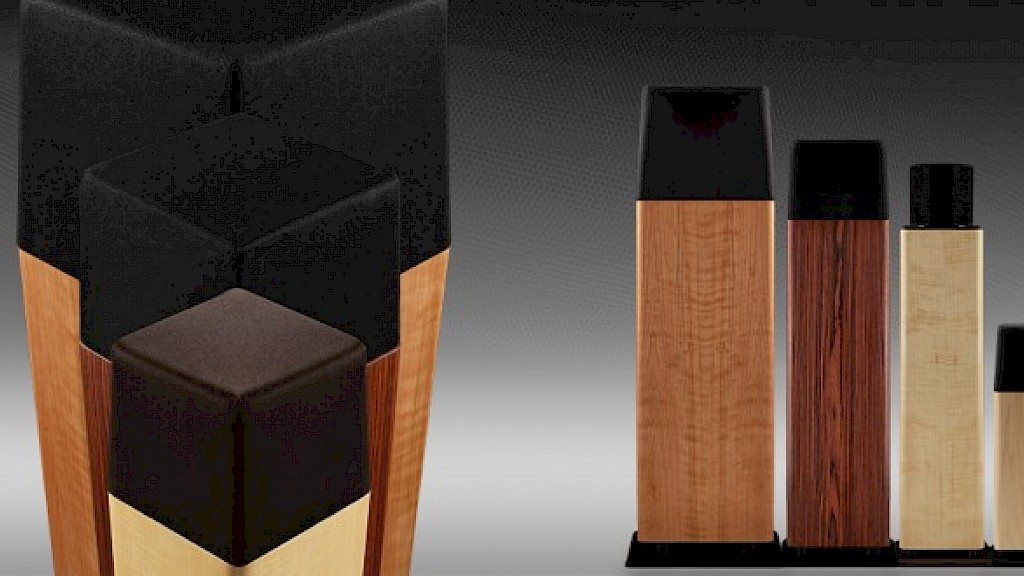How Good Is Human Hearing?
When looking at audio specs, a question frequently gets asked. “Do I need all that? How good is human hearing, anyway?”
The answer may surprise you. Actually it is quite good. Although not adapted to locate insects by sonar (like bats), human hearing is extremely good at low listening levels. Tests indicate if the background noise is low enough, we may well be able to hear a single air molecule hitting the ear drum. On very loud signals our ears do distort; but luckily most very loud signals last only a short time and there are quiet passages between the peaks that allow our ears to recover a bit. Some rock concerts do seem to me to be too loud for too long, so I bring ear plugs to reduce the level.
A biological as well as aesthetic benefit of having two separated ears is that we are very good at hearing the location of sounds of things that can harm us – from a mosquito to an elephant. That is, locating them in front of us and in the horizontal plane of our ears. To improve the accuracy when the sound is off-axis, we rely on moving our head toward the direction we think is the source. Our finely honed sense can then narrow down a location pretty accurately, usually within a few feet. Then our eyes can confirm what our ears sensed.
How do these abilities effect our enjoyment of music and movies? If you want to hear the detail in soft passages, you need to be in a quiet environment. In Carnegie Hall, you can easily hear a solo violin fading out; but it seems to be missing when played back on a recording in a car. The sound is lost in the road noise. The factor of road noise can also diminish the enjoyment of classical music CDs while in a car. It should be noted that some recordings are made with specific playback formats and environments in mind. (See our post of a few weeks ago, “Different Music, Different Speakers?” .) But, for the most part, since classical music often has a wide dynamic range, if you set the volume so that the loud passages are not deafening, you may lose the softer ones. Conversely, if you set the volume to accommodate the quiet passages, the loud ones may be window-rattling loud. A sudden loud noise in a movie will startle you and grab your attention when the same level could be typical at a rock concert.
At un-amplified music performances, you can hear each performer individually, due in part to your ability to identify the source locations of the instruments being played. A good recording played on a good audio system can reproduce this sound-field at the “Sweet-Spot” in your listening room. One of the benefits of Ohm Walsh speakers is that they can do this over a wide Sweet-Sweeptm.
Our sense of hearing is extraordinarily discriminating, in the best sense of the word. It can differentiate one sound from another even when the physical properties of those sounds – volume, timbre, duration, etc. – are very close. Our hearing can also be assisted by other senes, including sight and smell as well as sonic experiences.
So, what does this mean in terms of music listening and audio equipment? I think it means that “good enough” may not be. While the “spec” requirements of your favorite music may not demand gear with significant headroom, your ears may well insist on exceeding them in order to get the greatest pleasure from your listening experience.
Enjoy & Good Listening!
John
Subscribe to Ohm News & Views to get the latest posts in your inbox
John Strohbeen Author
John Strohbeen was the President and Chief Engineer of Ohm Acoustics from 1978-2023.


